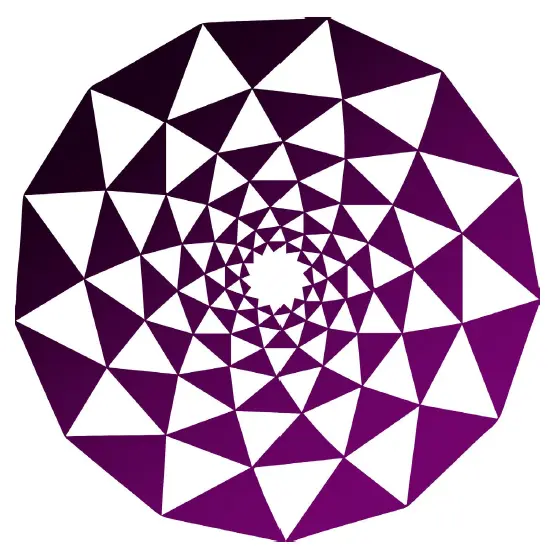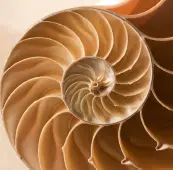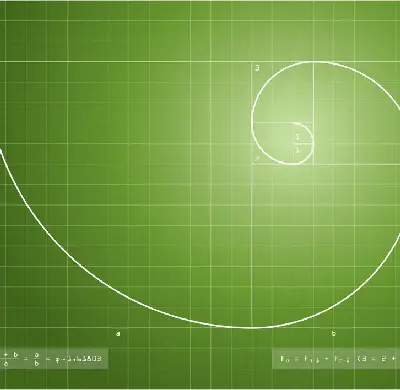Hideo Energy Pattern

Hidden within the layers of the Biomat is a sacred symbol known to many as the Hideo pattern. This geometric pattern resembles a lotus in full bloom.
Calvin Kim, the inventor of the Biomat, learned about the pattern through studying the research of Dr. Hideo. Soon after, he began to incorporate the pattern into all models of the Biomat.
The Hideo pattern is an energy pattern which incorporates sacred geometry. The Hideo pattern is currently used on current versions of the cotton pad included with the Biomat® and imprinted upon a layer within the Biomat.
Sacred geometry helps us understand the wonderful world around us.
Examining the complex patterns is like a glimpse into the mind of the creator and helps us to unfold the mysteries of creation. These energetic blueprints are the building blocks of the natural world and form complex systems designed to do their job.
Evidence of sacred geometry is found everywhere. From the way plants grow to parts of the human body; all forms are permeated with the pattern’s energy. One aspect central to sacred geometry is known as the Golden Ratio. By understanding it, you will begin to recognize its form in music and architecture. The Golden Ratio is a mathematical ratio studied since the time of the Greeks; it occurs in nature and is how we determine if something is aesthetically pleasing.
The real beauty behind sacred geometry is that it satisfies both the artistic expression of the right brain with the intellectual thoughts of the left.
Two examples demonstrating this is the flower of life and the Fibonacci sequence.
The Flower of Life
The Flower of Life is a powerful and meaningful shape in sacred geometry. It is so universal; you have probably seen the pattern before. It is easily identifiable by its overlapping evenly spaced rings.
The flower is composed of 19 circles. The first originates in the center with the others around it. To many, it represents the cycle of creation and demonstrates that all life and consciousness stems from one source.
The symbol can be found in temples, art and manuscripts throughout diverse cultures around the world. Even Leonardo da Vinci was intrigued by the pattern and studied its form and mathematical properties.
The Flower of Life has been found at numerous locations around the world. Some of them include:
China - The Forbidden City and Buddhist temples.
- Israel – Synagogues in the Galilee and in Mesada.
- Japan – Various Buddhist temples.
- India – The Harimandir Sahib (Golden Temple), Hampi, and the Buddhist Temples in Ajanta.
- Turkey – City of Ephesus, in Izmar
- Italy – Italian art from the 13th century.
- Spain – Mosque of Cordoba
- Cyprus – Kourion archaelogical site.
The Flower of Life is beautifully balanced and proportioned. This geometric shape continues to be used in spiritual practices today.
“Look deep, deep into nature, and then you will understand everything better.” - A. Einstein.
Fibonacci Sequence
 It is all around us. Look closely, and in nature you will start to see shapes and patterns showing the divine nature of things. Ancient cultures and religions recognized that some these patterns and shapes are repeated. Breaking them down into mathematical formulas, a theory arose that the building blocks for everything in the universe can be found in sacred geometry.
It is all around us. Look closely, and in nature you will start to see shapes and patterns showing the divine nature of things. Ancient cultures and religions recognized that some these patterns and shapes are repeated. Breaking them down into mathematical formulas, a theory arose that the building blocks for everything in the universe can be found in sacred geometry.
Many plants have spiraling patterns. The spines of a cactus, the seeds of a sunflower, and the bracts of a pinecone all show the complex mathematical patterns found in nature. This spiral formula is known as the Fibonacci sequence. It reveals how plants grow – building and multiplying in the most efficient way.

Fibonacci numbers are not only found in plants. A chambered nautilus shell demonstrates its logarithmic spirals, and so does the cochlea of the inner ear. The ratio between the forearm and the hand as well as the proportions of the human finger all exhibit Fibonacci characteristics.
One of the greatest examples of the sequence is right around our planet. Look at the way our galaxy spirals.
When we examine the world through a powerful telescope or a microscope, it will become apparent that our entire world is filled with the energetic blueprints called sacred geometry. These vibrational forms are symbolic of the inseparable relationship underlying all things created.